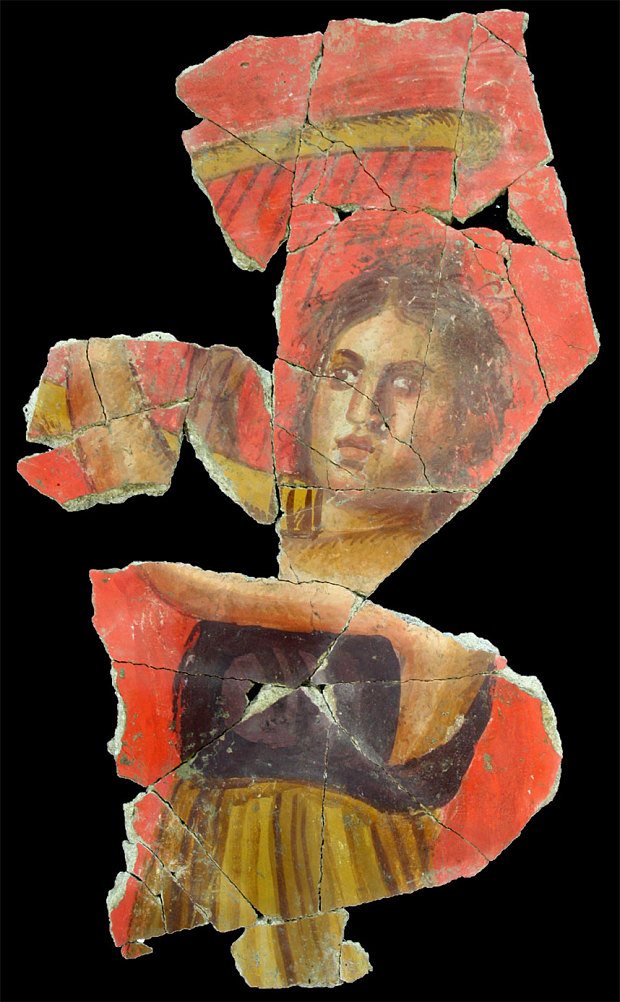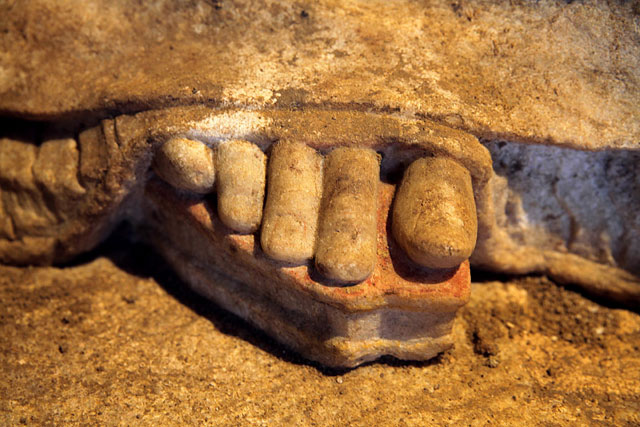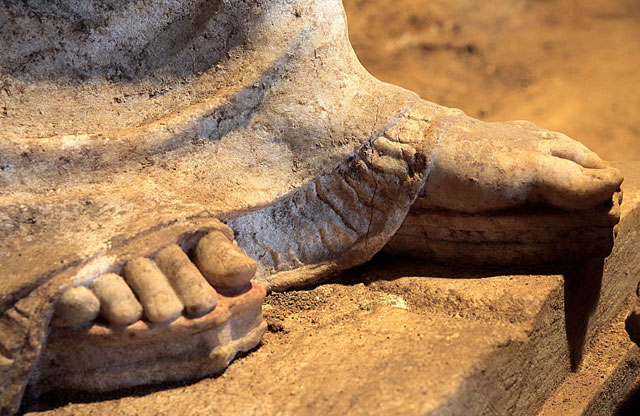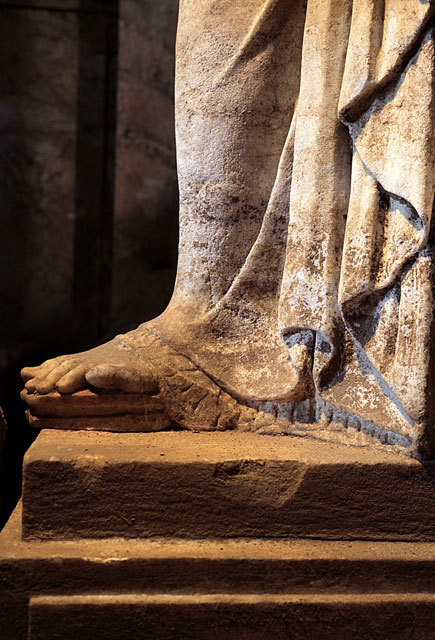One of the wonderful roman villas reveals more on ancient life.
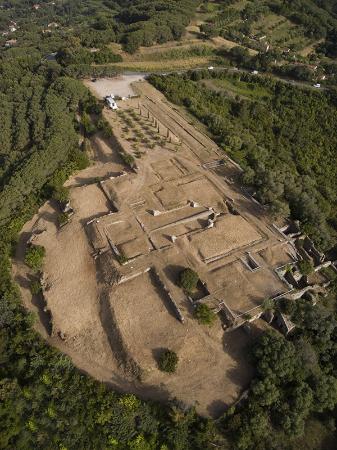
The Roman Villa delle Grotte is situated in the Gulf of Portoferraio, on Elba Island – Livorno, and it dates back to the 1st century BC.
The Villa was built in “opus reticulatum” and it also had an ornamental pool, stretching towards the sea with a heating and a cycling sistem.
The central nucleus of the villa was built along a central axis composed by the pool, which was probably surrounded by a garden. A small granite pier was found in the promontory cove and archaeologists thought it might have worked as a berth for docking boats and ships, in order to get to the Villa.
The Villa was partially destroyed to make room for artillery batteries during the conflicts between France and the Kingdom of Naples from 1799 to 1801.
(www.tuscanypass.com)
Le Grotte stretched toward the sea with gardens, porticoes, stairways and terraces with stunning bay views. A swimming pool encircled by a colonnaded porch, thermal baths, and rooms lavishly decorated with frescoes, marbles and statues made the site a luxury holiday residence.

© Laura Pagliantini
Overlooking Portoferraio’s bay, the once magnificent 1st-century B.C. estate, known as Villa Le Grotte (the Caves) because of the shape of its vaulted facades facing the sea, has long been believed to have been owned by Marcus Valerius Messalla Corvinus.
According to archaeologists Laura Pagliantini, Luisa Zito and Luisa Quaglia, of the Archeo Color Association, the now ruined villa, which is currently closed to the public, has long been associated to Messalla’s patrician family but no evidence was ever found to confirm the speculation.
Startling evidence about Le Grotte’s owner came when archaeologists led by Franco Cambi, professor of methodology of archaeological research at the University of Siena, excavated the area just below the villa. Along with the remains of a large collapsed building, the archaeologists found five dolia — large earthenware vases — complete with their covers. Each vase could hold between 1,300 and 1,500 liters of wine. The vases were stamped with the Latin inscription “Hermia Va(leri) (M)arci s(ervus) fecit,” meaning “Made by Hermias, slave of Marcus Valerius.”
The archaeologists dated the farm to the 1st century B.C. The estate met its demise at the end of the 1st century A.D., when a fire destroyed everything. Fortunately the fire preserved materials made in raw clay, basically cooking them. The dramatic fire is likely the reason why the Roman villa was also abandoned at the end of the 1st century A.D., its most precious furnishing taken away.
The entire detailed story and more images:
http://news.discovery.com/history/archaeology/villa-owned-by-ben-hurs-rival-identified-150216.htm

 Archaeologists have unearthed extremely rare ancient Roman frescoes, comparable to those found in the Villa of Mysteries in Pompeii, in the southern city of Arles.
Archaeologists have unearthed extremely rare ancient Roman frescoes, comparable to those found in the Villa of Mysteries in Pompeii, in the southern city of Arles.